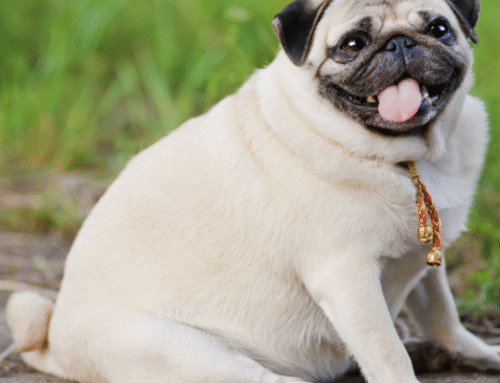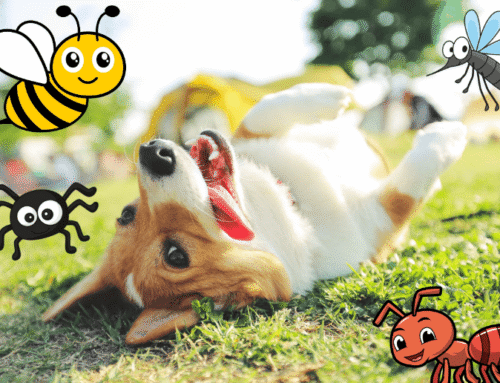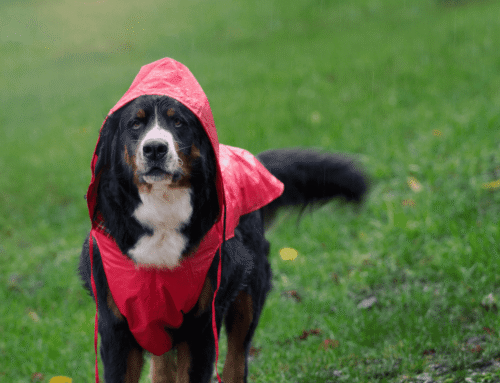Developing a strong bond with your pet requires clear communication you both can understand. One of the most powerful communication tools is touch. By handling your pet appropriately, you communicate that they are safe, minimize stress, and help make grooming and veterinary care easier. Our Mount Pleasant Animal Hospital team uses low-stress handling techniques when interacting with pet patients to create a positive and fear-free veterinary experience, and you can use these same techniques. We share low-stress pet handling methods you can use at home to keep your pet calm and comfortable.
What is low-stress pet handling?
Low-stress pet handling is an approach that prioritizes a pet’s emotional wellbeing by minimizing fear, anxiety, and stress. Key elements include:
- Respect for boundaries — Like people, pets have personal boundaries to protect their physical and emotional safety. While your pet can’t communicate their boundaries in words, you can read their body language to guide your interactions. When handling your pet, watch for signs, such as looking away, yawning, or panting, that signal discomfort.
- Positive Reinforcement — Positive reinforcement is a reward-based method that praises desired behavior. Train your pet to accept being handled by giving them treats, praise, and affection, which increase your pet’s comfort and reduce their stress.
- Slow and gentle approach — Approach and touch your pet in a calm and controlled manner, and avoid making sudden movements or loud noises that can startle them. If your pet appears uncomfortable or walks away, respect their decision to forgo the interaction.
- Calm environment — Pets are sensitive to their environment, so ensure your cat’s or dog’s environment is calm when handling them by keeping visual and auditory stimuli to a minimum and using calming aids such as pheromone sprays or a calming vest.
What are the benefits of using low-stress pet handling methods?
Low-stress pet handling methods not only support your pet’s wellbeing, but also help ensure veterinary visits are less stressful for you, your pet, and the veterinary professionals. Practicing low-stress pet handling methods at home provides the following benefits:
- Reduced stress and anxiety — Low-stress pet handling helps you recognize early stress signs to ensure your pet remains comfortable and calm.
- Increased cooperation — Being examined does not feel natural to pets, but cats and dogs that are handled with care and gentleness at home are typically more cooperative during grooming, veterinary exams, and other procedures necessary for maintaining their health.
- Safe interactions — Pets who feel threatened or scared may react defensively, which can lead to bites or other injuries. Low-stress handling methods reduce these kinds of accident risks by helping pets become more comfortable with various types of touch.
- Improved socialization — Socializing your pet helps them make positive associations with new experiences, such as body handling, ensuring they feel confident and safe.
- Strong bonds — Trust is the foundation for a strong and positive relationship. Low-stress handling methods build trust and strengthen the bond between you and your pet, which leads to a more fulfilling and enjoyable relationship.
What are some low-stress at-home pet handling methods?
Practice makes perfect. To help your pet learn to tolerate handling, follow these low-stress handling tips:
- Start early — The first three months of your pet’s life are known as the optimal socialization period, when their experiences are crucial for their development. Get your pet used to being handled at a young age by gently rubbing their ears, mouth, belly, and feet. When they calmly accept your touch, reward them with praise and treats.
- Keep the session brief — To ensure that your pet has a positive handling experience, keep your initial low-stress handling sessions short, and gradually increase the duration as your pet becomes more comfortable.
- Stay consistent — Make handling a regular part of your pet’s routine. Consistency is key to acclimating them to being handled.
- Vary handlers and environments — Help your pet acclimate to being handled by different people by encouraging family and friends to participate in handling sessions. Handle your pet in various locations to ensure they are comfortable being touched in various situations.
- Consult your veterinarian — Low-stress handling practice prepares your pet for veterinary visits, where they will be touched and examined all over their body. However, if your pet is extremely stressed by a specific procedure, your veterinarian can provide training techniques to help create a more positive association for your pet.
Our goal when using low-stress handling is to create a positive and anxiety-free experience for your pet. Call or book an appointment online to ensure your pet receives high-quality and compassionate care from our skilled veterinary professional team at Mount Pleasant Animal Hospital or one of our sister hospitals. Visit Animal Hospitals of the Lowcountry to find your nearest location.








